
There is nothing cozier in winter than a warm home that's perfect for snuggling up in, but with energy bills on the rise, this can feel more like a dream than a reality. So how do you keep a home warm all day, while keeping costs down?
If leaving your heating on and ticking constantly isn't an option, there are plenty of steps you can take to help beat the freeze. From embracing natural light, reversing your fans and increasing the humidity in your home, small changes can have a big impact on your comfort this winter.
We spoke to HVAC experts and professional contractors for their draft-proofing tips to keep a home toasty this winter – without costing the earth.
How to keep a home warm all day
1. Check your home’s insulation
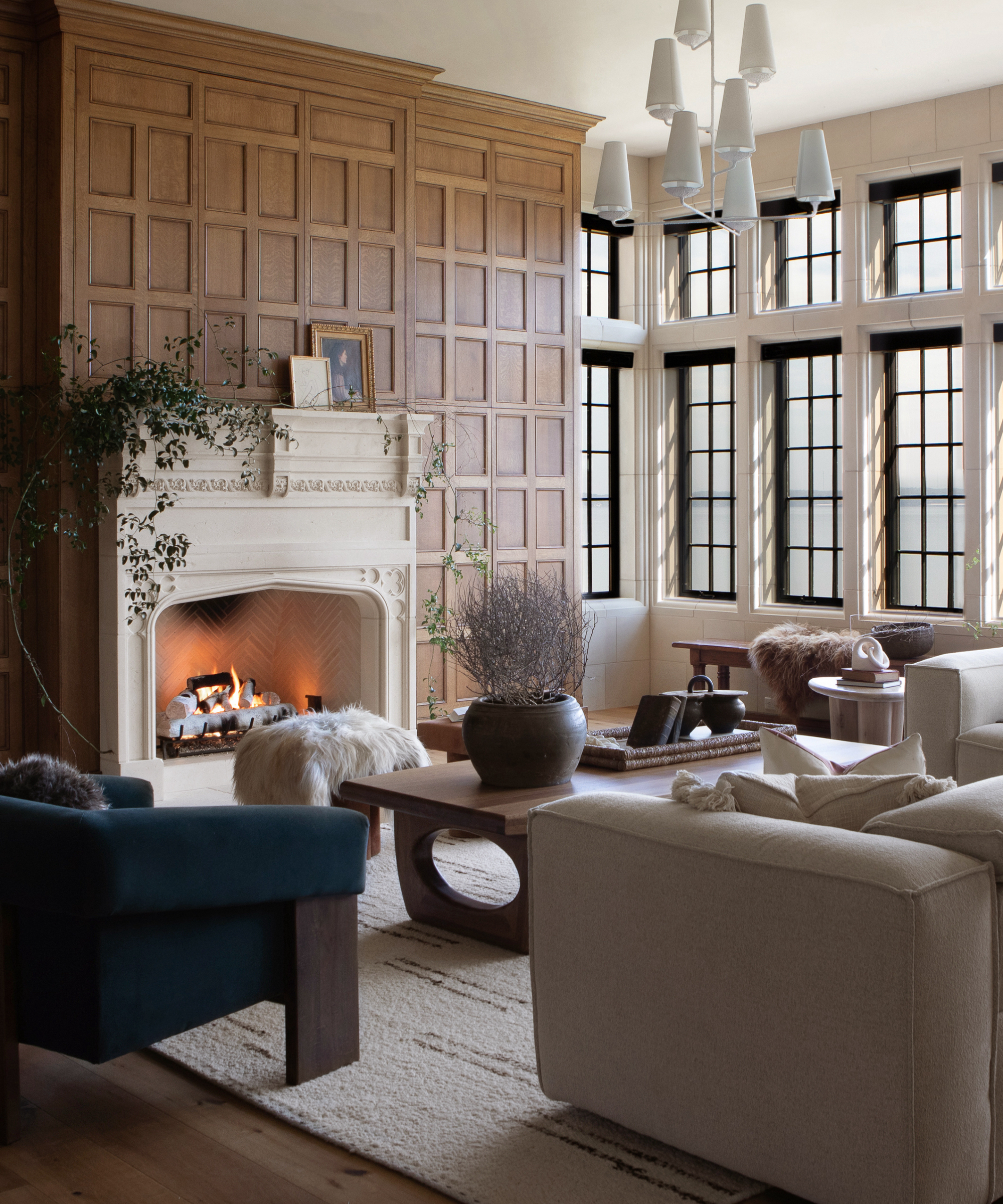
One of the most important steps in trying to keep a house warm without turning up the heat is checking your home’s insulation, and replacing or adding in insulation where needed.
‘If your attic or crawlspace isn’t properly insulated, your heating system has to work harder to keep your home at a consistently comfortable temperature, which can make your energy bill skyrocket,’ explain Brad Rempel and Jennifer Wayne, home improvement experts and American Standard’s Homeowning 101 instructors.
Adding insulation to your home may seem like a large upfront cost, but it will save you hundreds of dollars in the long run, making it a very worthwhile investment.
There are many different types of attic insulation, such as foam board and glass wool insulation – each with varying price points, pros and cons. We recommend the 5mm Reflective Insulation Foam Core Radiant Barrier available at Amazon for an affordable option, which is lightweight, durable, non-toxic and waterproof.
Also, don't forget about your water heater, says Mike Naughton, CEO and founder of Integrity Energy. 'Insulating your hot water tank and pipe ensures your water stays warmer longer, and uses less energy to do so,' he says. 'Insulating your water heater reduces heat loss by 25 per cent to 45 per cent, saving about 7-16% in water heating costs.'
This will also keep your hot water warmer all winter, perfect for relaxing in whichever bathtub type you have at home.
2. Have your heating system serviced

For the times of day and night that you are using your heating, you will want to make sure it's working efficiently to avoid wasting heat, energy and money.
'It's important to have a routine maintenance performed on your furnace,' advises HVAC and energy expert Naughton. 'This proactive approach makes sure your system is prepared before it breaks, so you're not left shivering while trying to squeeze into your HVAC technician's hectic schedule.'
When it comes to your HVAC system, there are a number of factors which may inhibit its ability to keep your home warm. For example, if you have a heat pump, it will likely need to be replaced if you have had it over 10 years, explains Naughton, whereas furnaces and boilers need replacing approximately every 15.
There are also a number of HVAC related heating problems you can repair yourself, such as replacing air filters and cleaning air vents, but more technical maintenance should be completed by a certified HVAC technician.
'Regular maintenance reduces strain on your furnace, warms your space quicker, and reduces your energy expenses,' says Naughton. 'It shouldn't cost an arm and a leg to stay comfortable in the winter, and preventative maintenance keeps costs low,' particularly in terms of making your heating more efficient.
3. Inspect your gutters
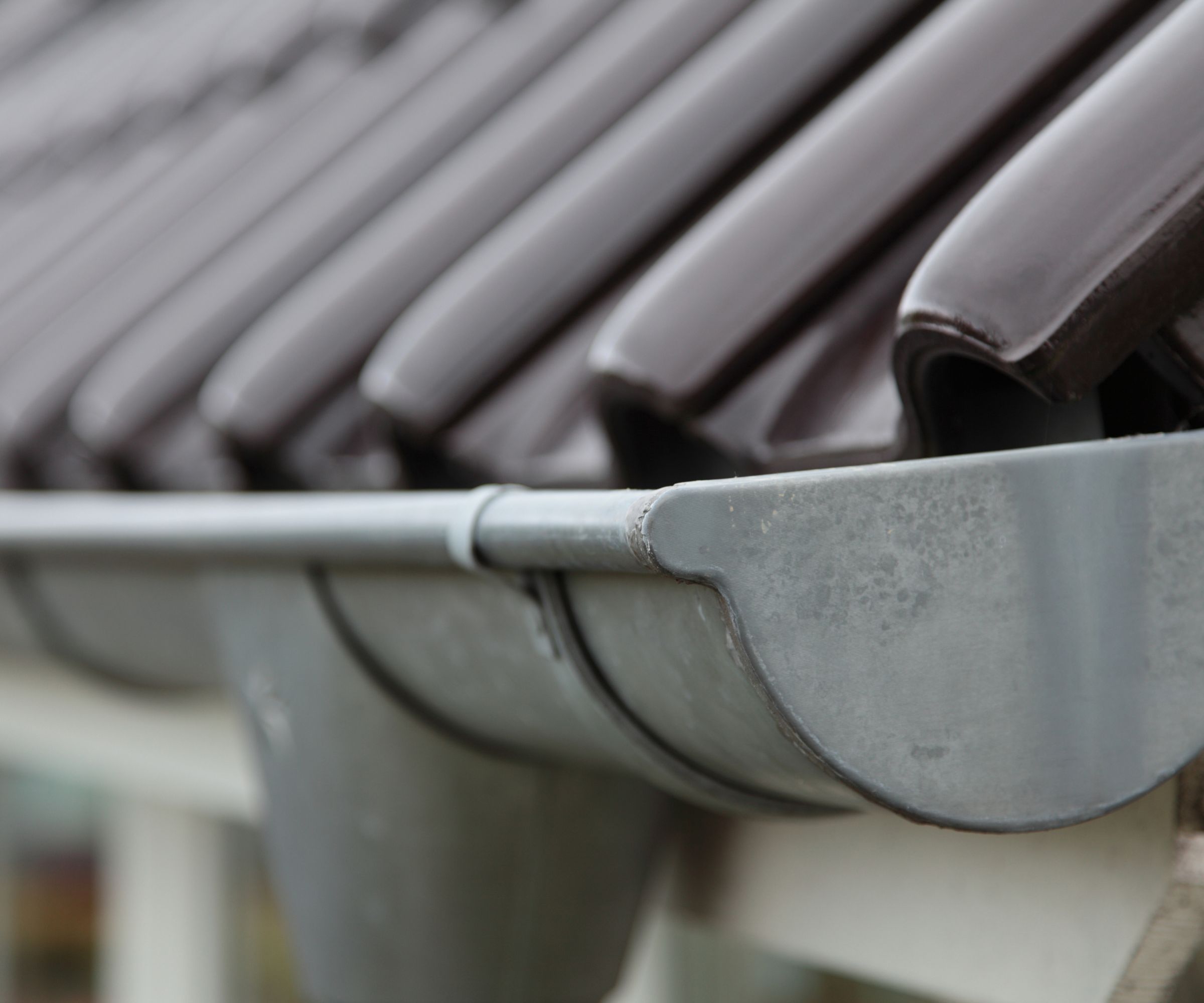
'Damage from summer storms can allow the cold temperatures and moisture from snow and ice to seep inside through your gutters and roof, so schedule a gutter and roof inspection to prevent this,' says Ron Shimek, president of Mr. Handyman.
Take precautions to safely clean gutters from the roof, and to prevent them from clogging. We recommend using the bestselling A-M Gutter Guard available at Amazon for this, which is pest, weather and rust-resistant, and easy to install.
4. Add draft proofing to keep heat in

From small steps such as fixing a drafty door to draft-proofing an entryway, keeping cold air out and stopping hot air from escaping is another essential task to keep a house warm all day. This is especially true if your home is poorly insulated, says John Gabrielli, HVAC heating and air conditioning expert at Air Temp Solutions.
Some of the best ways to do this is by using thermal curtains on doors and windows, he explains, but you can also use insulating film on window panes to add an extra thermal pane, and use draft excluders and weather stripping to block smaller gaps for extra heat protection.
If you have a fireplace that you are not using, it is also important to remember to draft-proof a fireplace, to prevent cold air from coming down the flue into your home.
All prices correct at time of publication.

This low-cost insulation solution is applied on the inside of your windows for an extra layer of protection against cold air. It's durable, easy to use and just needs a hairdryer for installation.
5. Reverse ceiling fans
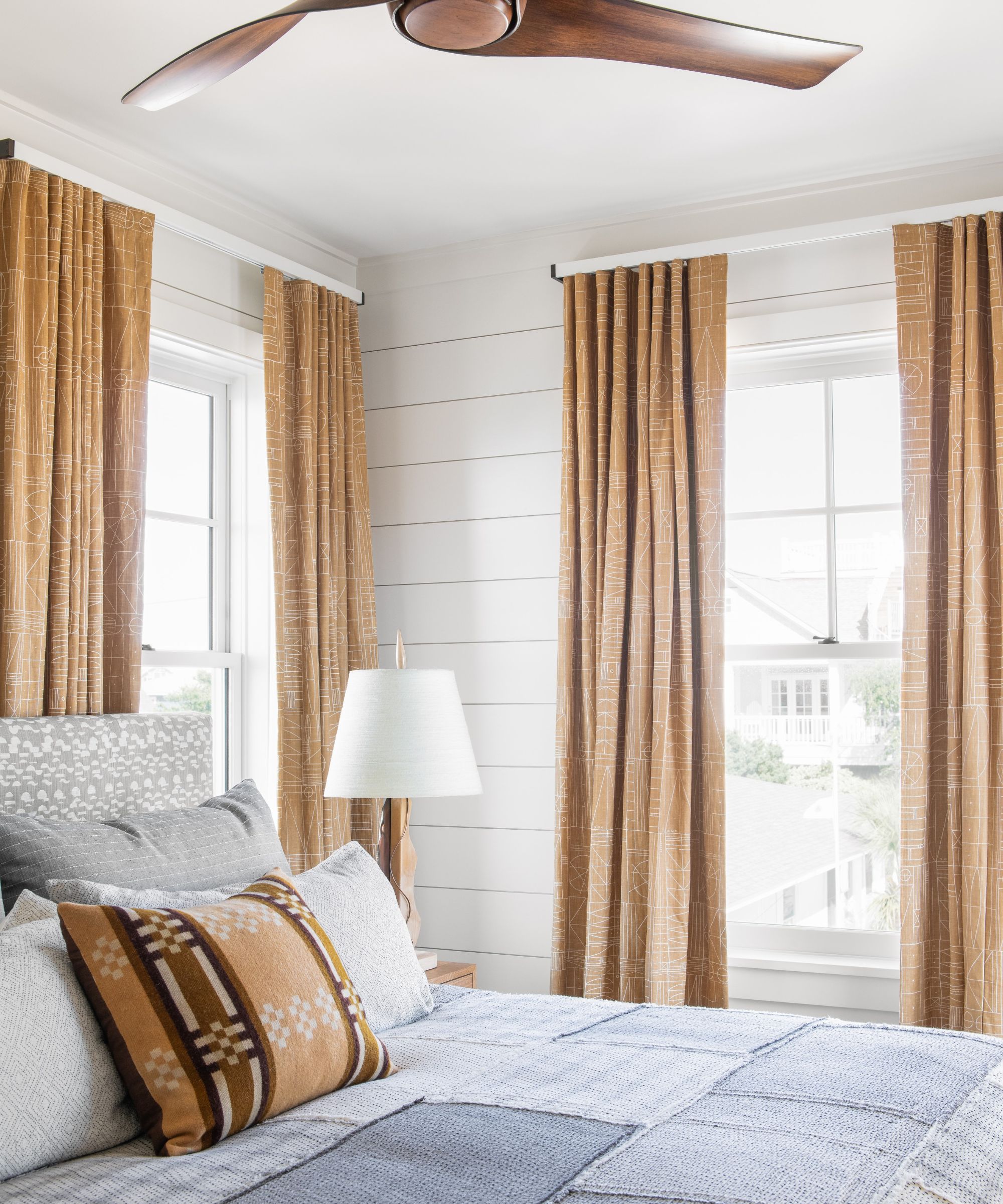
It may seem surprising, but just as you can use fan direction to cool a room, reversing this trick will help keep your home warm.
'Running fans clockwise forces warm air away from the ceiling and redistributes it throughout a room,' says HVAC and home maintenance expert Shimek. 'By keeping a room warmer, your heater doesn't have to work as hard, saving you money by lowering your heating bills. This is highly recommended for high or sloped ceilings,' and can be used to help keep your attic at a comfortable temperature year round and lower heating costs.
6. Embrace natural light

Learn how to warm up a north-facing room and utilize natural sunlight to help keep your spaces feeling warm all day, say home improvement experts Brad Rempel and Jennifer Wayne.
The sun's rays will heat your walls and windows and transfer this heat into your home, also helping to make your heating more efficient, they explain, so open up your curtains on brighter winter days to take full advantage.
In the evenings, once it gets dark, drawing your curtains and shutting your blinds will then help to trap that heat inside. 'Keep curtains drawn in the cold evenings and on any windows that don't receive direct sunlight during the day to maximize coziness,' says HVAC and energy expert Naughton.
7. Shut off any unused rooms
While you may have researched whether interior doors should be open or closed in hot weather, keeping them closed in winter can also keep your home warm and toasty all day.
'Shutting off rooms that are not in use is one simple approach to maintain the warmth where you want it,' says Francis Kaspar, HVAC technician at The Chill Brothers. 'The areas where you spend the most time will benefit from the heat being concentrated there,' which will also prevent heat from going to waste.
8. Use additional heaters and maintain furnaces
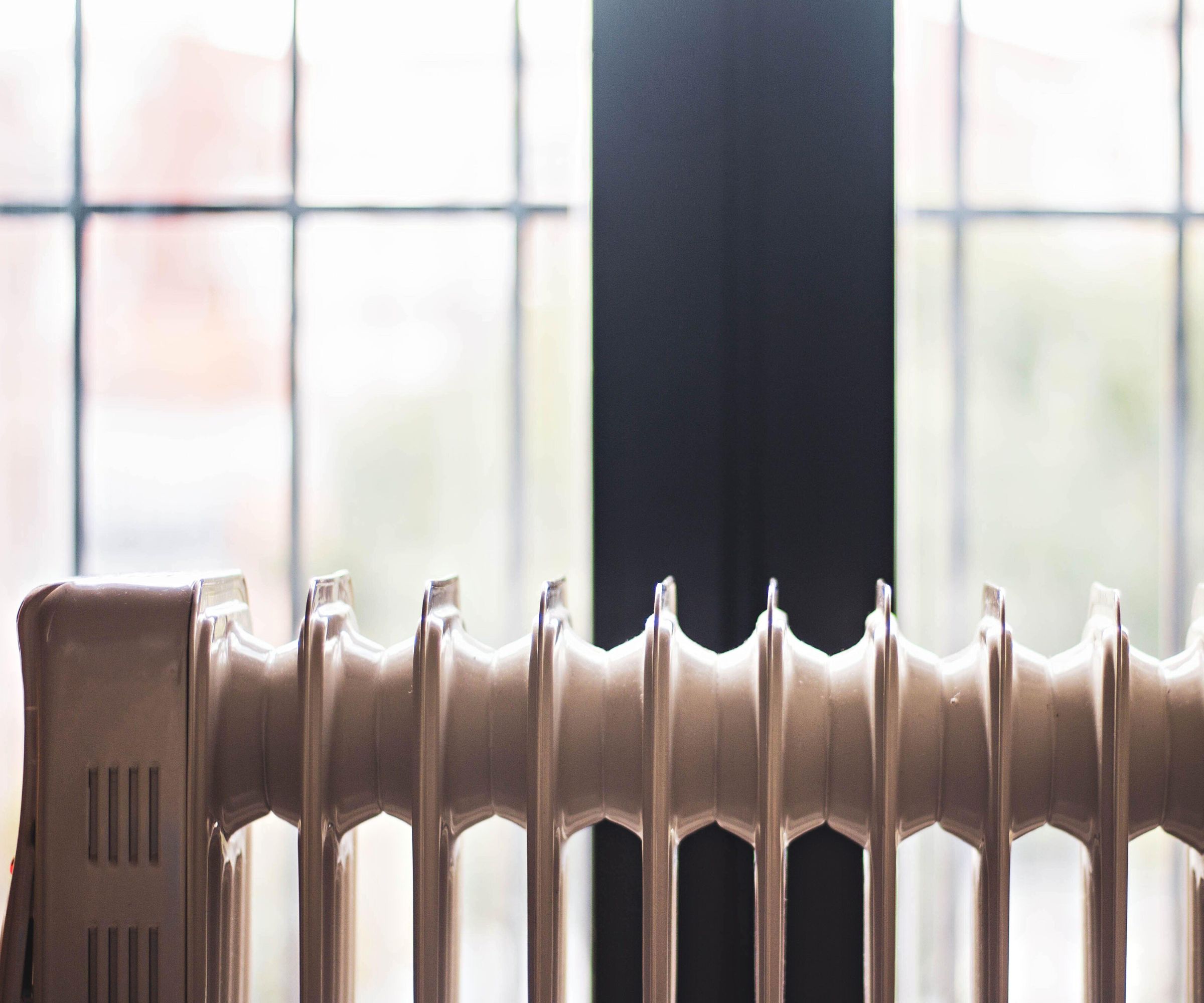
One of the best ways to keep your home warm all day is to make your home heating more efficient. This means doing two things, says Brad Roberson, president at Aire Serv, a Neighborly company – using supplementary heating to help boost your room’s temperature more quickly, and performing maintenance on your furnace.
‘Utilizing supplementary heating sources strategically, like space heaters in occupied areas, can provide targeted warmth without overburdening the central heating system, allowing lower overall thermostat settings,’ Brad explains. ‘While regular furnace maintenance, such as cleaning filters and checking for any issues, ensures optimal performance.’
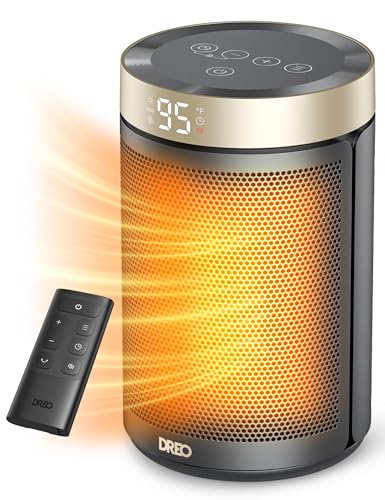
This bestselling indoor heater delivers powerful heat for its small size. With a number of safety features, such as child lock and flame resistance, it's safe to use in any room.
9. Invest in a programmable thermostat

'Programmable thermostats allow you to balance a comfortable home with lower energy bills,' says HVAC and energy expert Naughton. 'Their scheduling features enable you to schedule your furnace to align with your household schedule.'
This means you can set your thermostat back when your home is unoccupied, and set it to automatically heat up before everyone arrives back from home, school or work. 'Programmable thermostats can help your households save up to $180 a year in energy costs, while customizing HVAC settings to your personal preferences,' adds Naughton.
The best temperature for a thermostat in winter is around 68 degrees Fahrenheit (20 degrees Celsius). Setting the temperature higher is a common thermostat mistake, but keeping it low can help you save money at home.
We recommend the Honeywell Home Programmable Thermostat available at Amazon, which features smart response technology to automatically run your system.
10. Add rugs

While blankets keep you warm, rugs work in the same way to retain heat in your home.
'Opting for area rugs can help your home maintain it's temperature as they create a barrier between the cold floor and your bare feet,' says Caleb Ingraham, home improvement general contractor at North Seattle Handyman.
Choose a rug that's shaggy, or made of wool, as these are the best at keeping your space cozy. For a statement piece, I love the Hand-Tufted Abstract Penelope Rug available at Anthropologie.
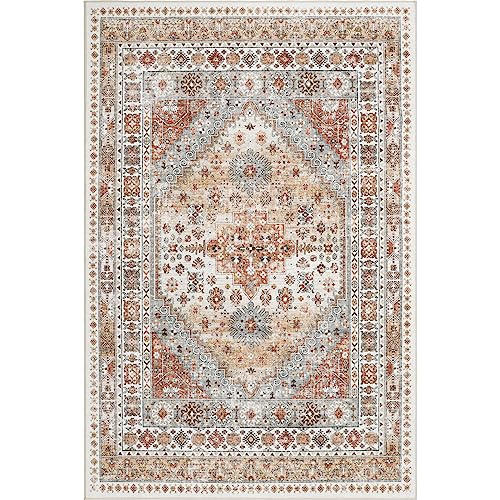
This handy rug is stain resistant, has a non-slip backing to stop it sliding around non-carpeted floors, and can go into the washer when it's time to freshen up.
11. Make sure vents have open airflow
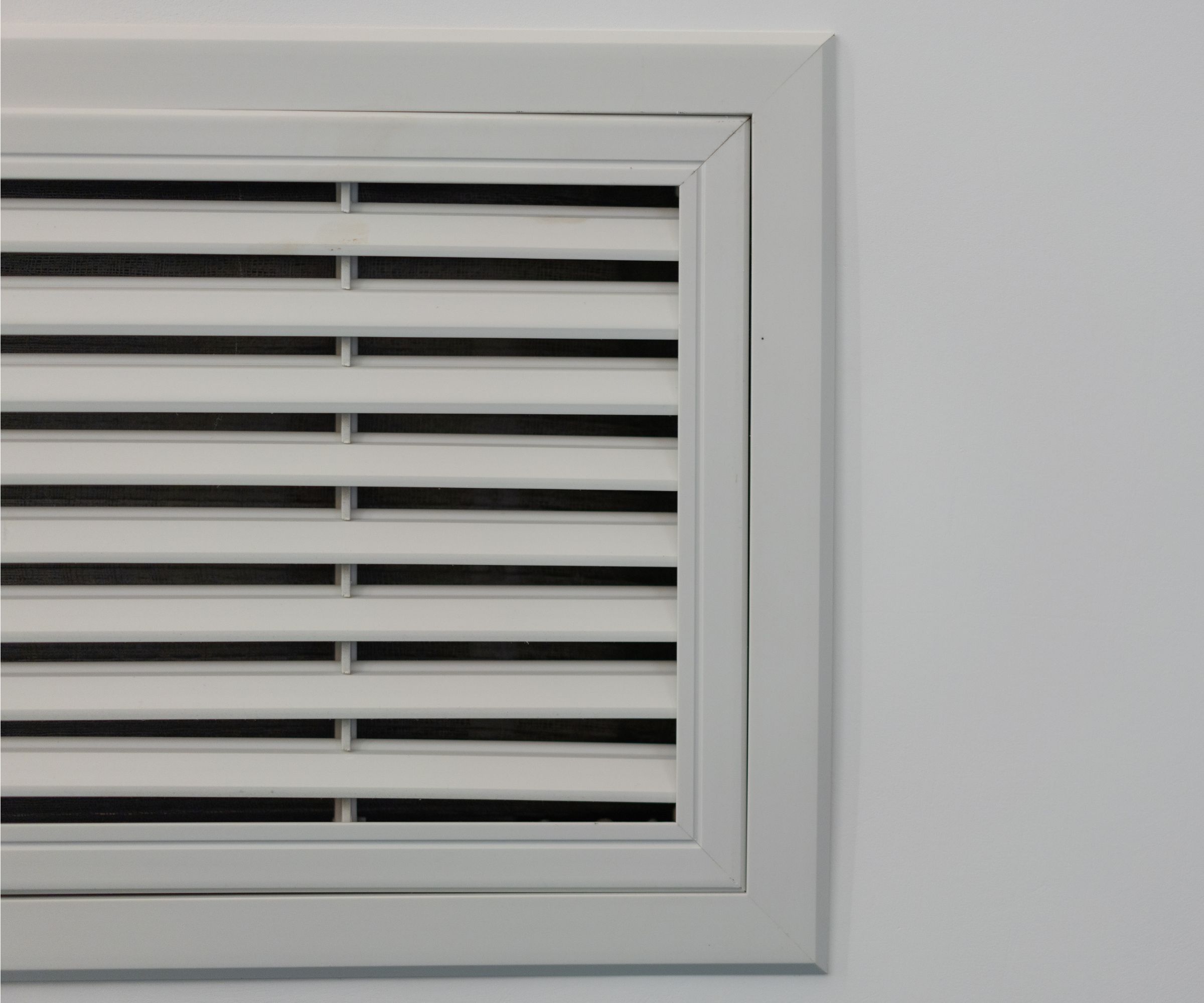
Just as you can rearrange a room to make it cooler, or rearrange furniture before hosting a crowd, tactically placing your furniture can help keep your home toasty.
'Move furniture out of the way of vents,' advises home maintenance expert Shimek. 'If a sofa or chair are in front of a vent, the heat being produced will be blocked.'
Also, move commonly used pieces of furniture, like your sofa, away from windows or doors to keep them out of drafts.
12. Increase your home's humidity
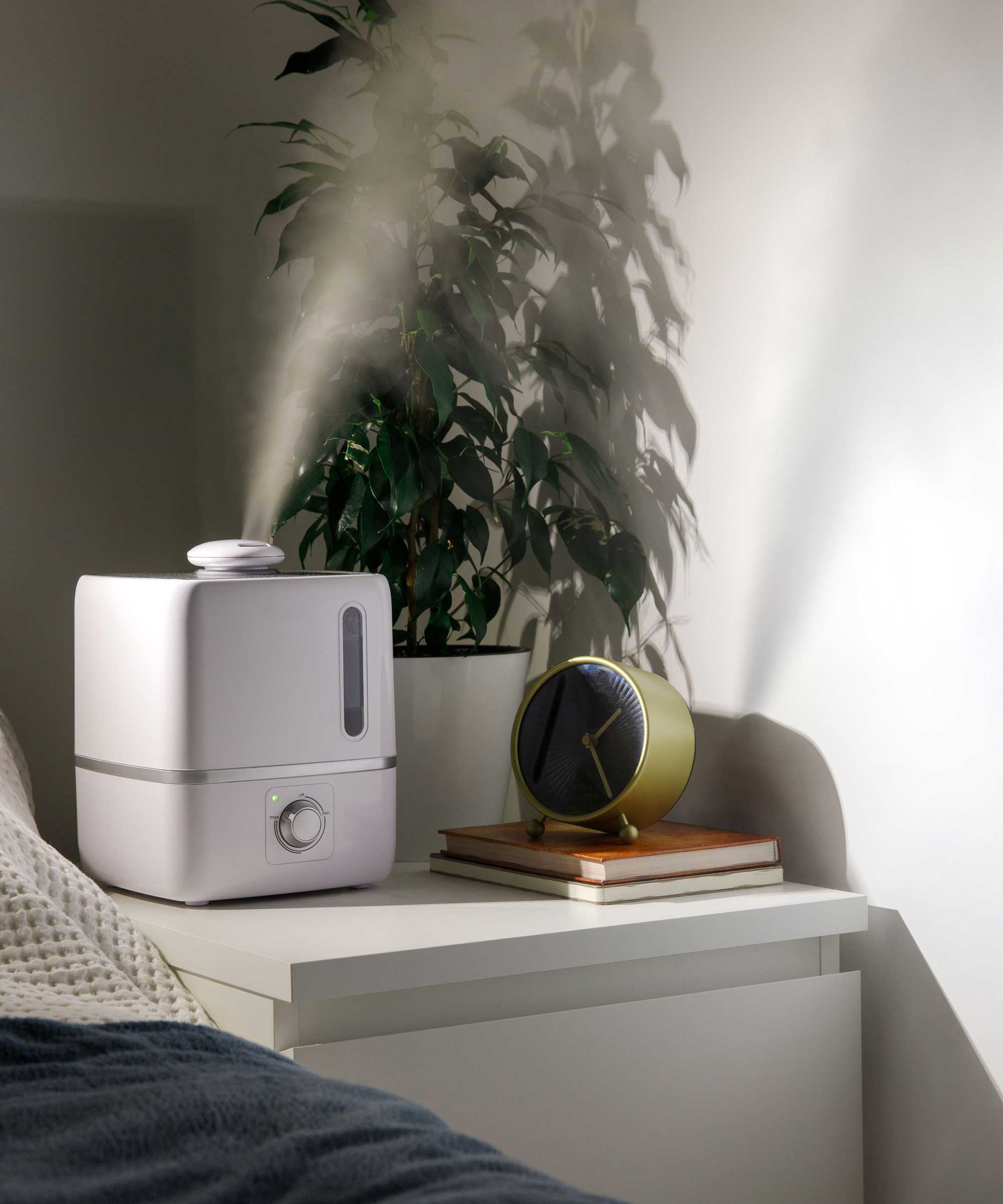
Although many of us are often trying to reduce humidity in a house, dry air is also usually cold air, reveals John Gabrielli, HVAC heating and air conditioning expert.
‘You can also use a humidifier in the house,' he says. 'If you bring up the humidity, the house will feel warmer at lower temperatures.’
That being said, it is important to keep in mind what humidity your house should be in winter to help avoid mold and mildew growth. Use humidifiers sparingly, and switch to using a dehumidifier if things get a little too damp.
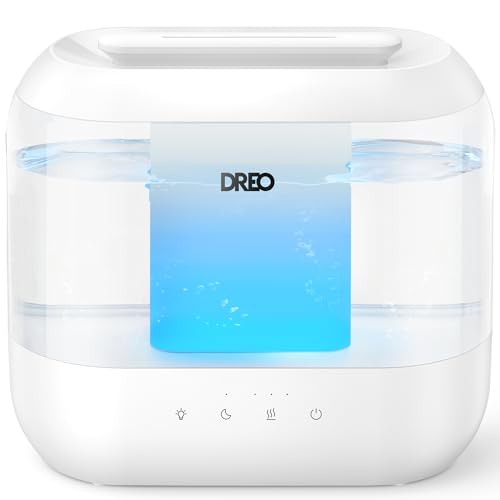
This humidifier also features an oil diffuser and nightlight, making it perfect for use in a bedroom for a relaxing atmosphere, with a supersized mist to hydrate your air instantly.
FAQs
Is it cheaper to leave your heating on all day?
Contrary to popular belief, it is not cheaper to leave your heating on all day, even if it is left on at a low temperature. Although it is more comfortable and more logical to keep your home at a constant temperature, heating your home all day will raise your energy bills significantly. It is much better to heat your home and retain the hot air through insulation and draft-proofing than it is to run the furnace constantly.
If you're wondering about whether you should leave the heating on overnight in freezing weather, our expert-led guide details the pros and cons.
Still feeling the chill? Considering which type of heating is cheapest to run may be the key to knowing what's right for you.
In general, natural gas is the cheapest option, if available where you live. Alternatively, you can save on electrical costs with a heat pump, but fitting one will be a costly investment.







